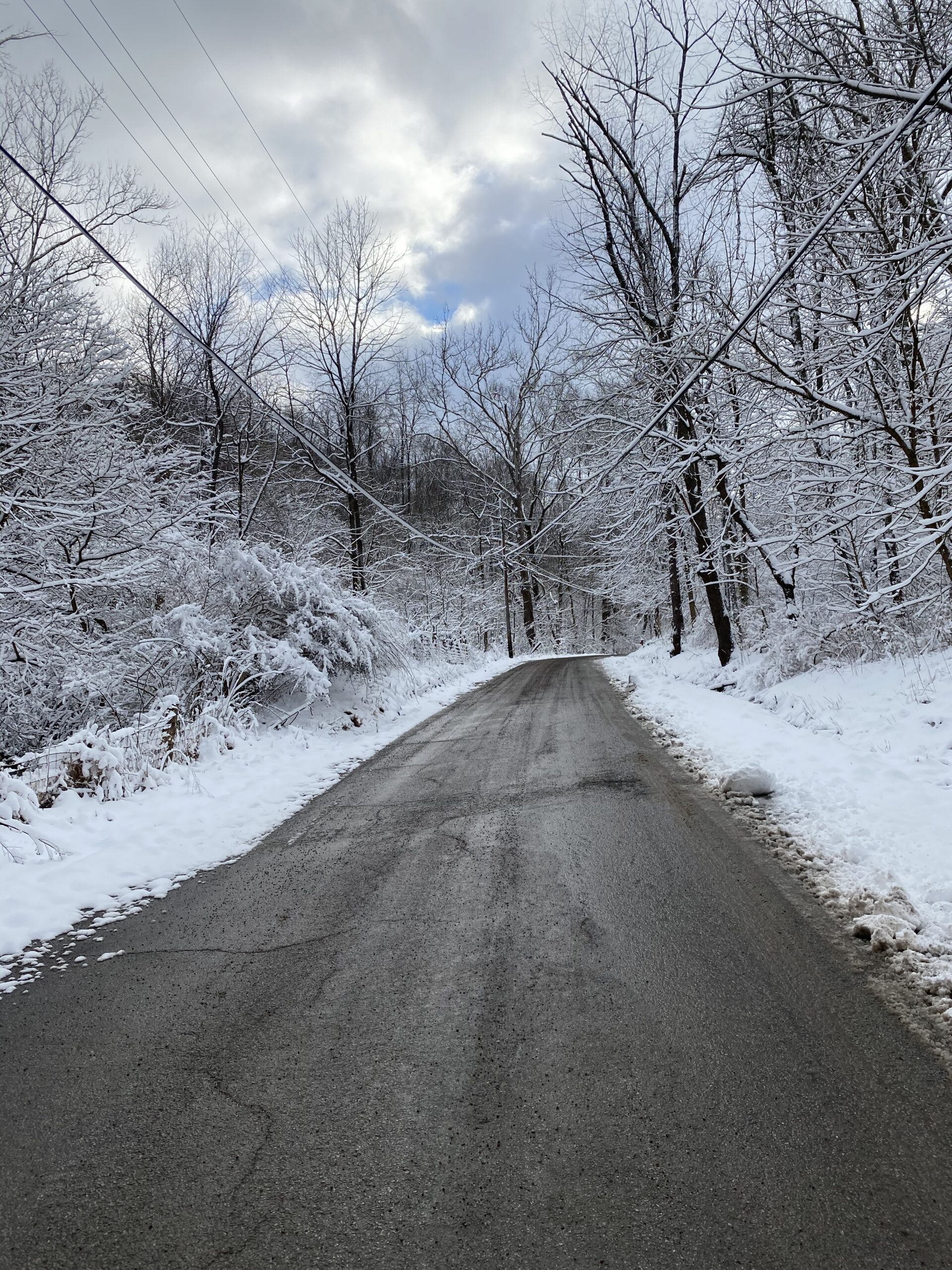At Linsly, a snow day has always been a rare occurrence as a high percentage of students are boarders or live very close by. However, in the first few weeks of February, more than a foot of snow and ice spread over a few days led the school to have to cancel in-person learning twice.
Before the spread of COVID-19, a snow day entailed a cancellation of classes, the extension of due dates or test dates for in-person assignments, and a chance to sleep in or go out and enjoy the snow for schools K-12 throughout America. But now most schools have now managed completely online learning for their students for at least a few months. As such, Linsly quickly moved to its first online schedule for this school year on the two days weather caused in-person learning to be impossible for most.
Taking the four periods on a daily schedule over 45 minute blocks instead of 70, classes were over by 12:45, giving students ample time to enjoy the snow, do homework, or undertake other activities. Linsly students made snowmen, skied, hiked, and relaxed at home. While it wasn’t a normal snow day, there was still time to have fun.
This adaptation of the snow day, fondly remembered by nearly all past and present American students, to days where classes are given and taken online, has prompted much conversation and criticism in forms such as memes and political cartoons. Many wonder if the old definition of snow day will ever be used again, and if new generations will ever be able to experience them normally.
In defense of the schools, the 2020-2021 academic year has been one of the most trying in decades. The opportunity to continue teaching despite bad weather would have been a relief to teachers who have already lost weeks’ worth of class time. As the COVID-19 vaccination is distributed and education slowly returns to normal, though, I believe it is the hope of many that snow days will return to normal as well.



